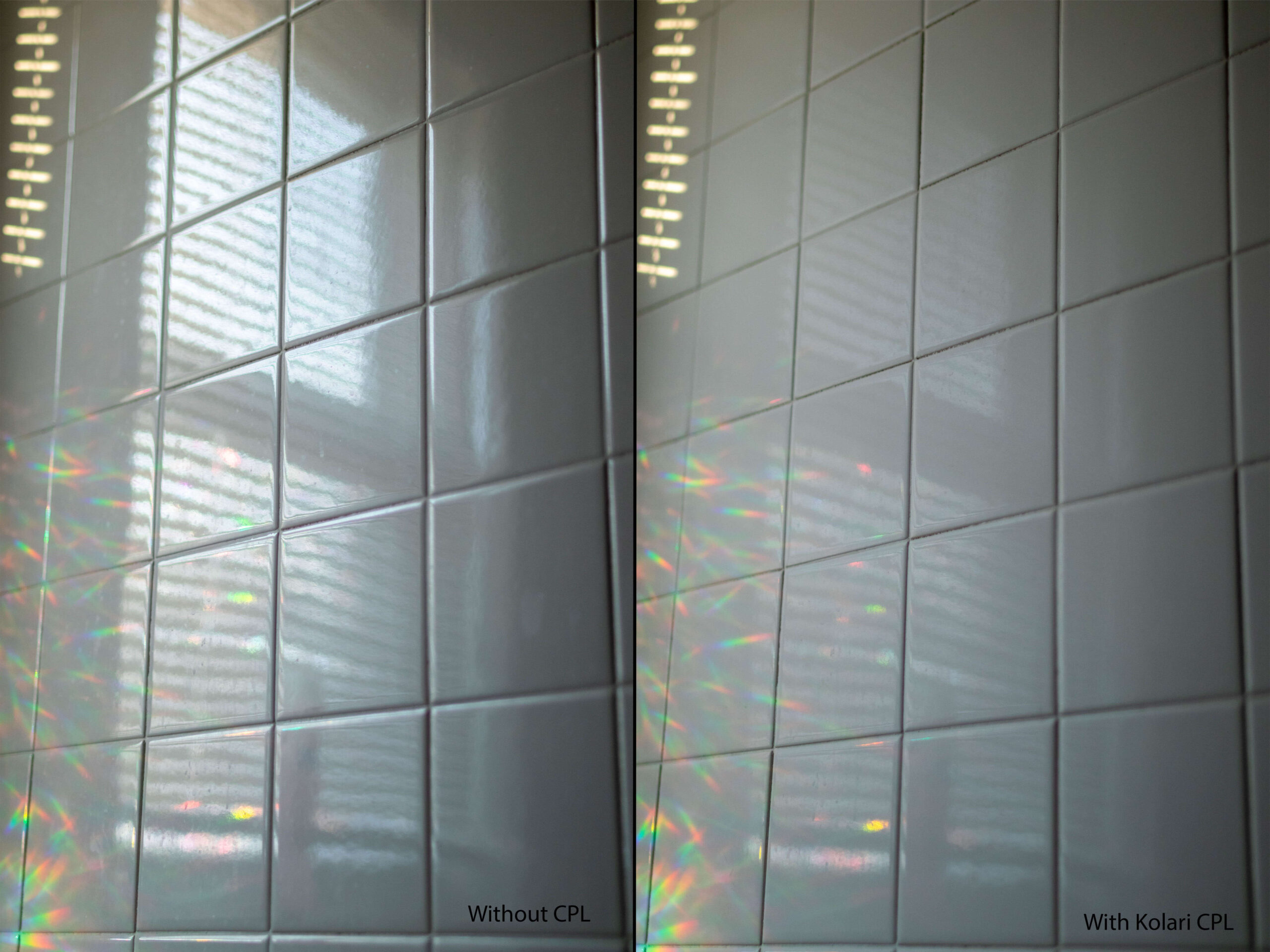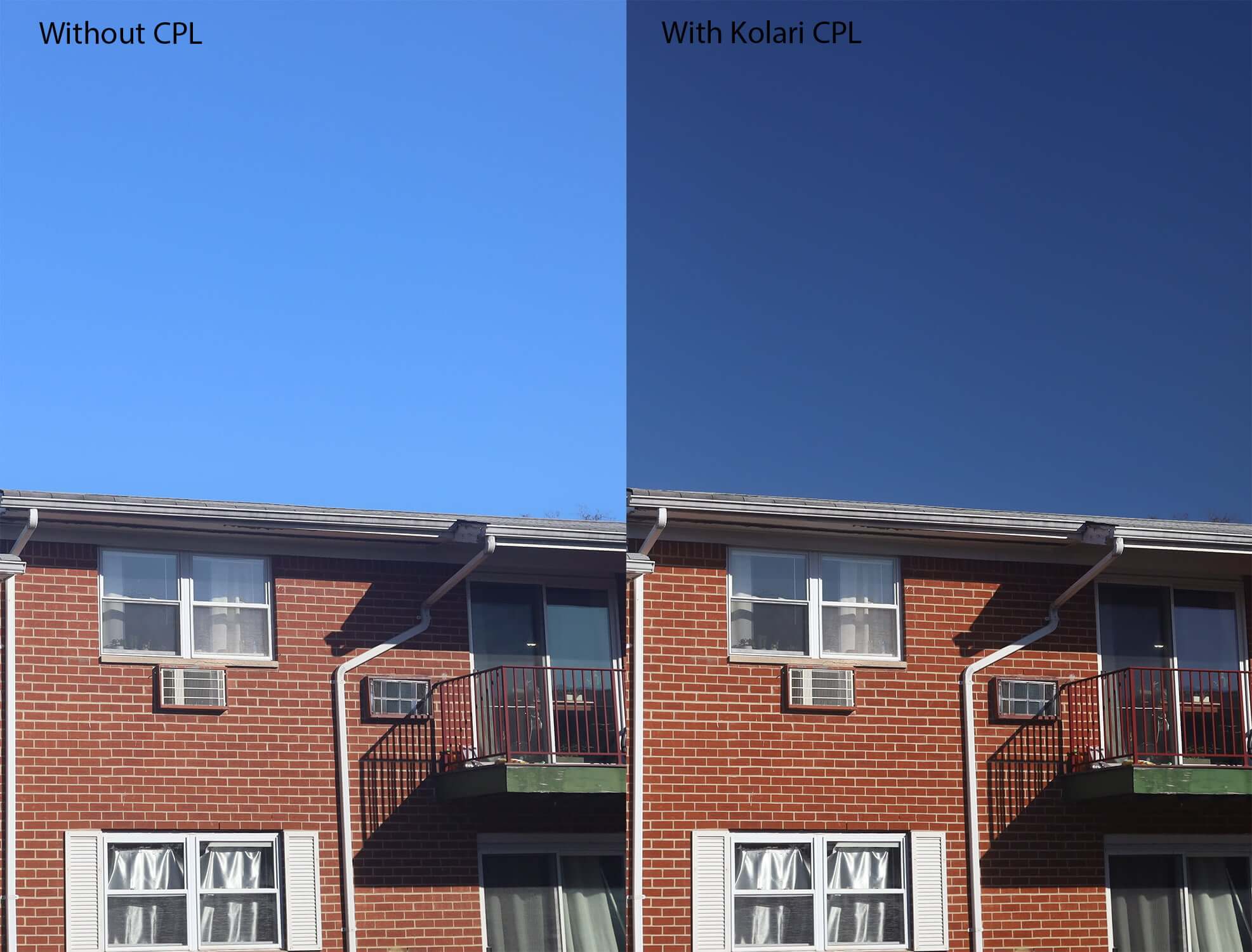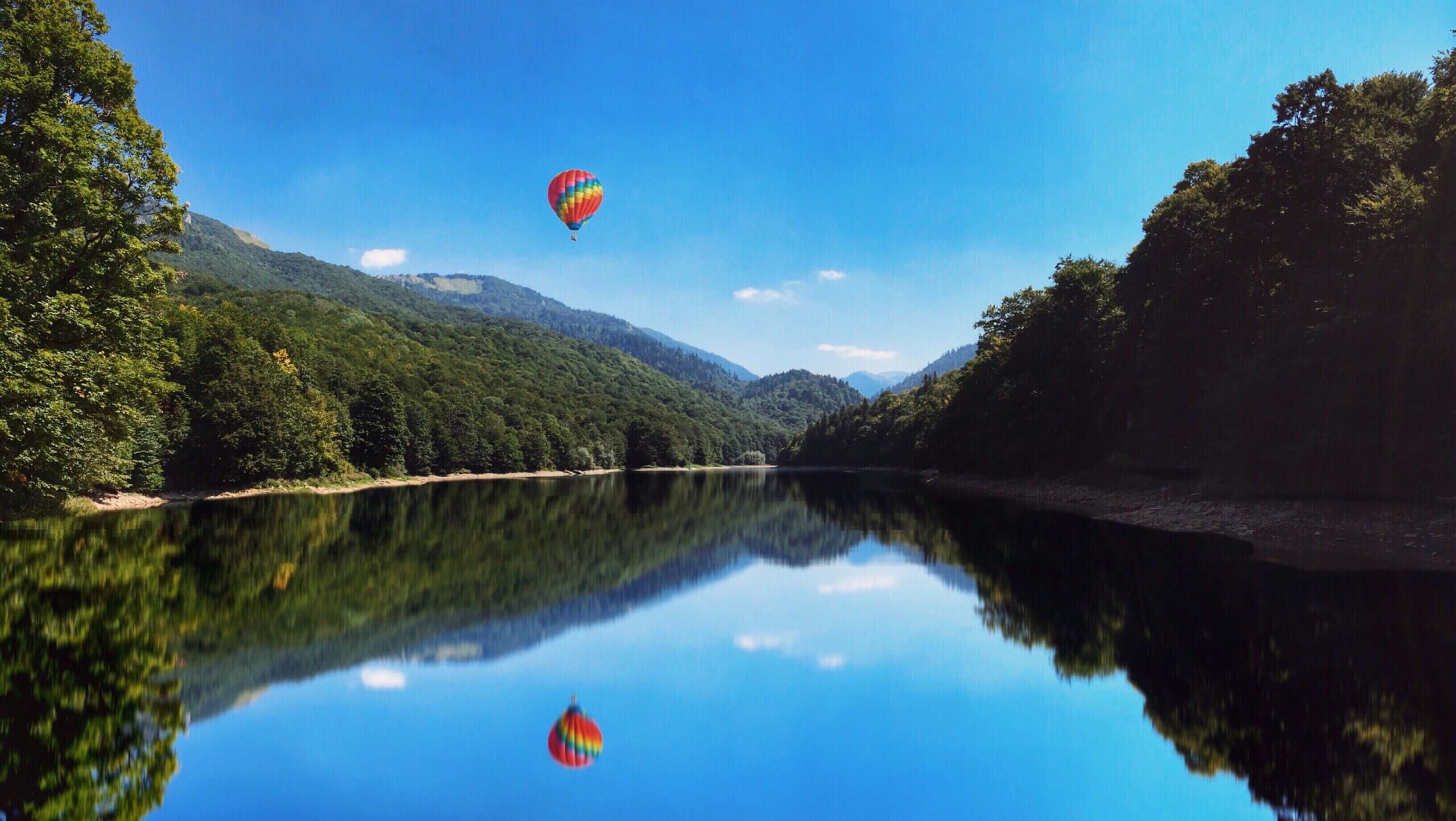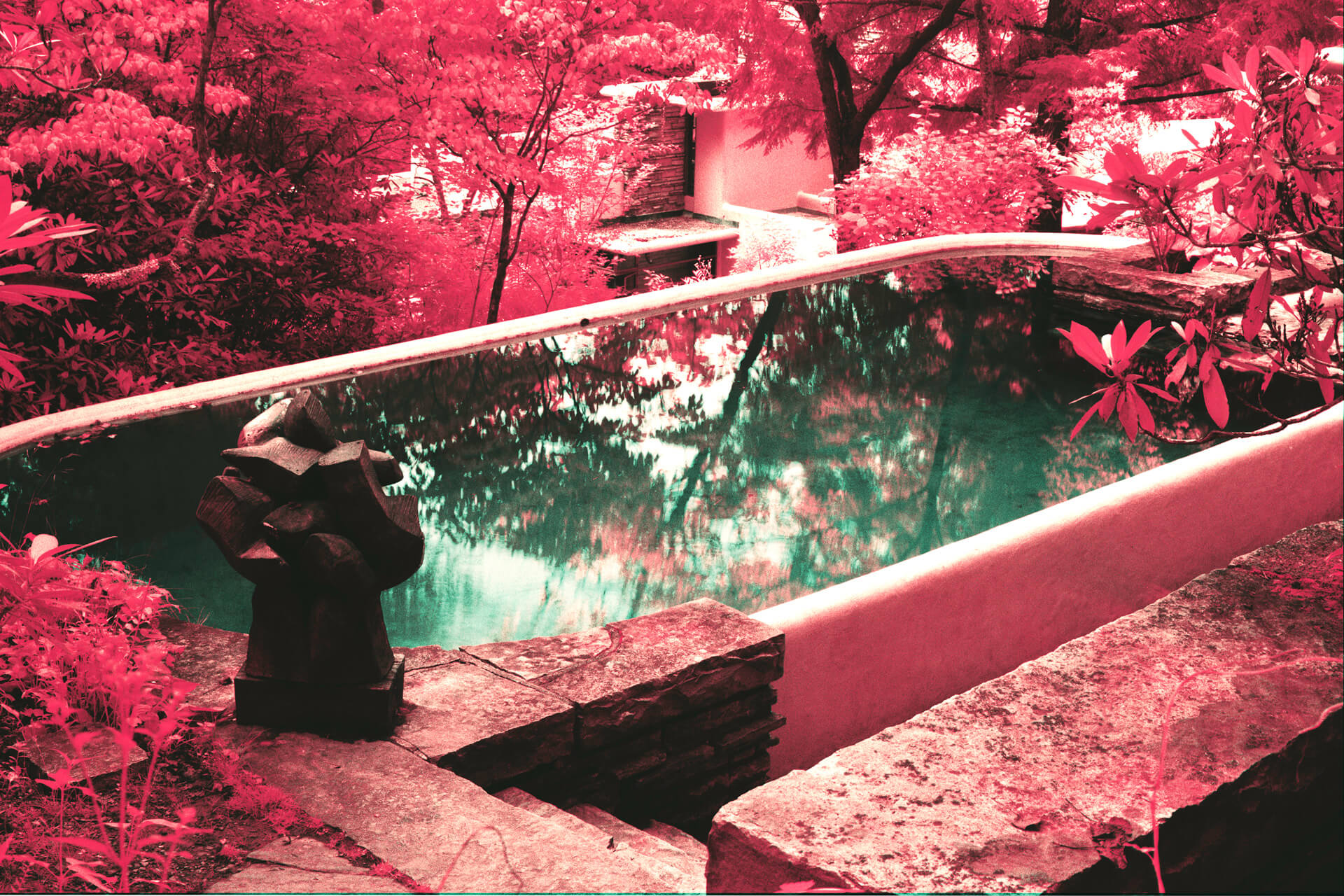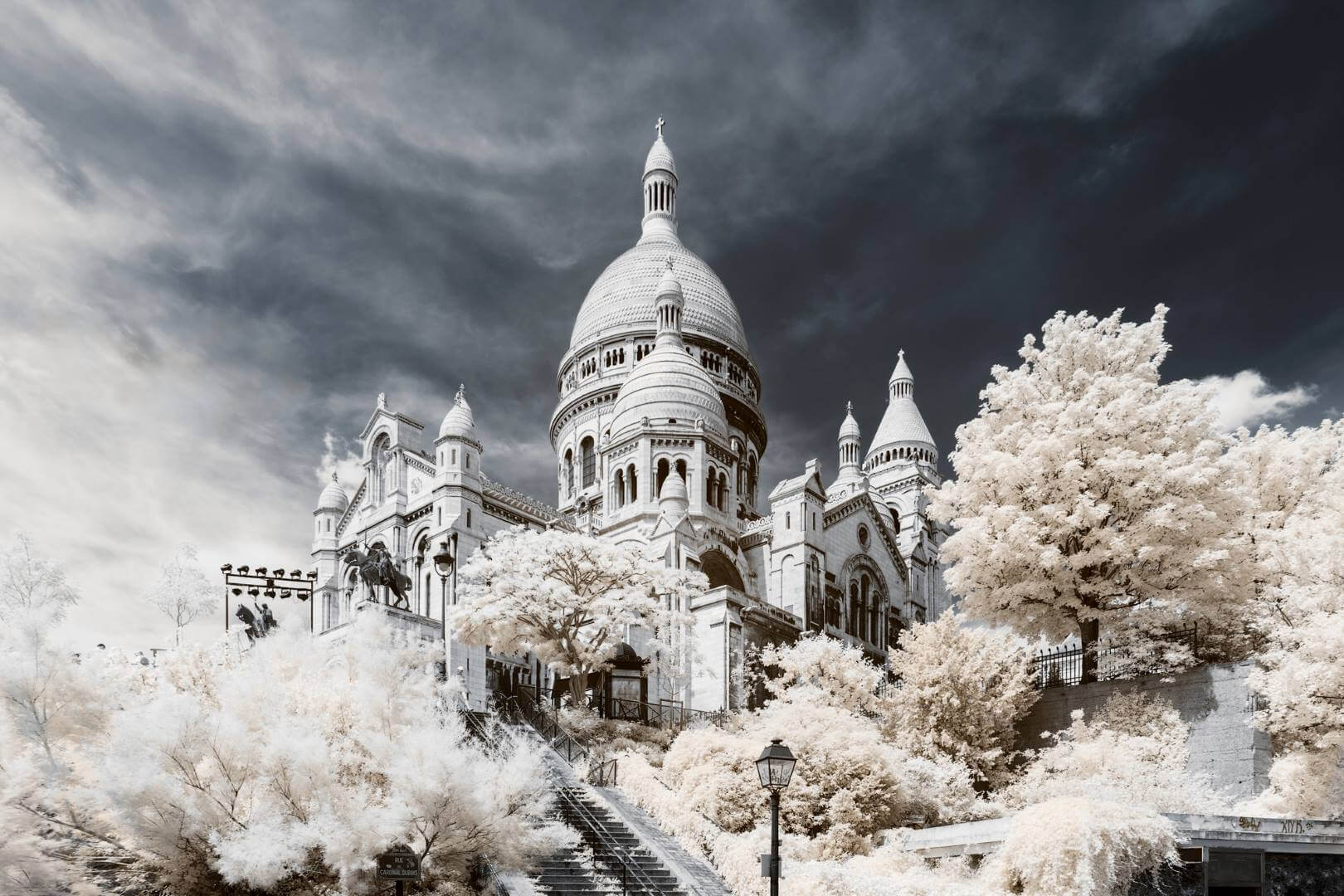A CPL, or circular polarizing filter, is just one of the many tools photographers and videographers keep in their kit to perfect their shots. We’ve gone over what polarization is and how a CPL works here, so now let’s take a look at some of the top reasons for using a CPL filter.
1. Reducing Reflections
Reflections from different surfaces can impact the overall composition of an image and distract from your subject. Shiny surfaces–such as glass, metal, plastic, or ripples of water–reflect light off in numerous directions all at once. By using a CPL to polarize the light, you can block this unwanted light from entering your camera’s sensor.
2. Remove Haze
Haze is an atmospheric phenomenon caused by moisture and air-borne pollutants in the air that gives a foggy or obscured look to a scene. CPL filters help remove the haze by reducing the reflections that these small particles in the air cast, giving you a cleaner image with depth and clarity. This can be especially useful for shooting in or around urban areas where the air may not be as clean as it would be in more rural regions.
3. Darken the Sky
Having an appropriately lit sky can dramatically change an image. Using a CPL darkens and enriches the natural color leaving you with a gorgeous blue sky rather than an overexposed one. Against the rich blue sky, fluffy clouds can really pop in your skyscapes.
4. Enhance Colors
By reducing the overall polarized light, colors can shine through more easily and with greater clarity. This leads to darker, richer, more intense tones overall. Say you have a plant with a lamp nearby. A CPL can remove the glow of the artificial light and give you uniformly green, lush leaves with their details shining through. A CPL can enhance your colors in camera before importing a single file into an editing software.
Stacking Filters
Try stacking your CPL with filters you may already have (like a fixed ND) to find the perfect combination for yourself.
Alternatively, try out a Kolari Pro Dark CPL filter. A Dark CPL combines a traditional CPL with a neutral density, or ND filter, giving you the best of both worlds. Neutral density filters limit the amount of light that is reaching your sensor in an even, neutral way, allowing you for more creative control. Add these ND benefits to a CPL and you have the ability to darken your exposure while enhancing colors and removing reflections, all in one filter. The Kolari Dark CPL combines a 5-stop fixed ND with a CPL. This filter contains our signature Anti-Reflective and Anti-Smudge coatings and is housed in our low-profile aluminum filter ring.
Canon R-series users have additional stacking options when using a drop-in adapter like the Kolari EF-EOS R Drop-In Filter Mount Adapter for Canon EOS R. The adapter allows the Kolari R Drop-in CPL to be placed behind the lens, freeing the front of the lens to thread other filters. With this system, Canon users can easily mix and match their filters to suit their needs.
*Trying to shoot IR? Our Kolari Pro CPL works with up to a 720nm filter.
To learn more about CPLs, check out “What is a CPL Filter” here.
To stay up to date on new releases and updates, be sure to subscribe to our newsletter.
Visit our shop to learn more about our CPL filters and other products to see if there’s something there for you.
